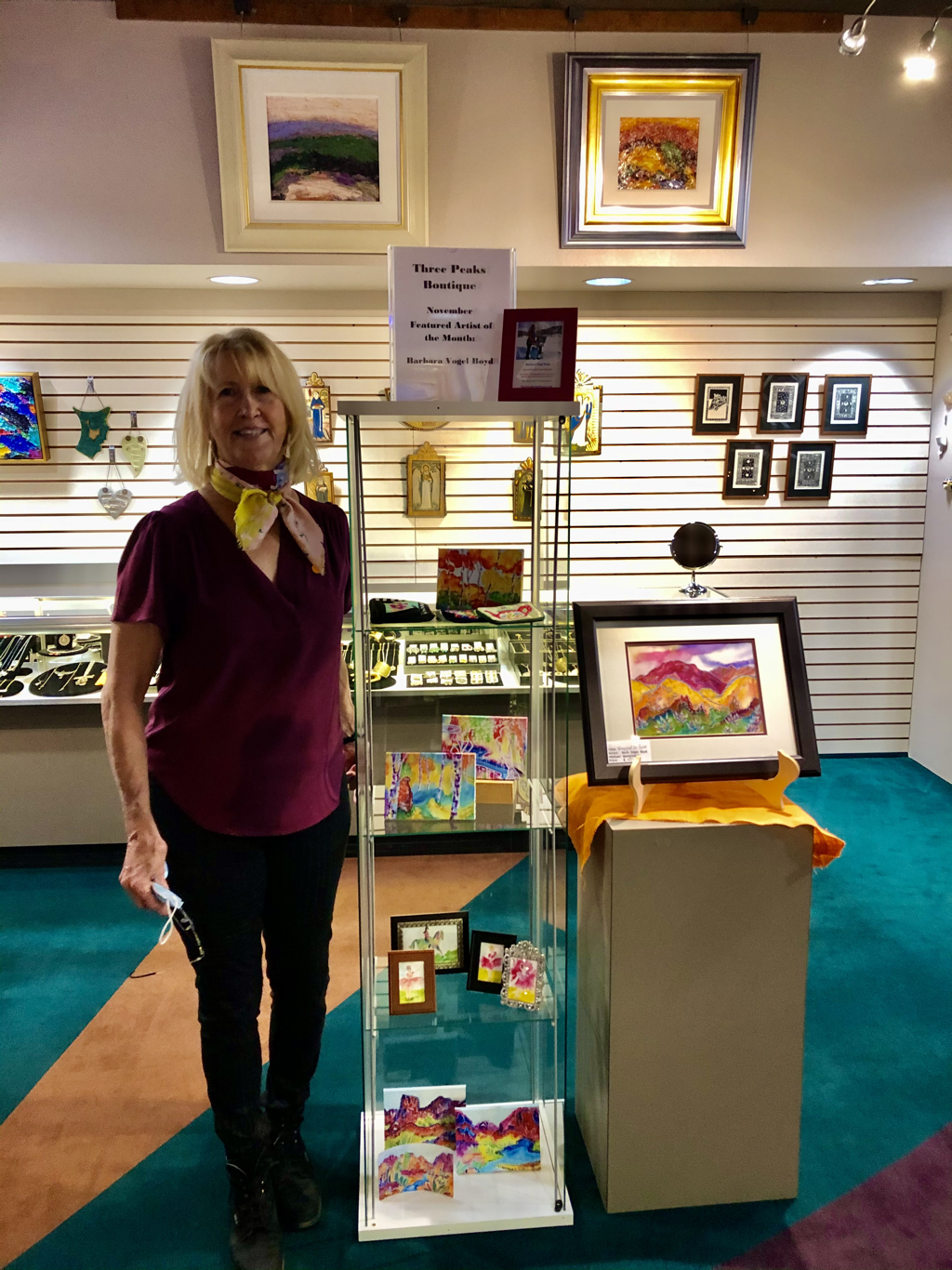- Home
- Belmont January 2024
- Art Lesson: It's a Hoot!
- Lesson: "Color Study" Kandinsky Inspired Circles and Liness
- Student Comments
- Student Art (Sumi-e by Risley students)
- Art Lesson Monster Mash
- Resume
- Belmont September 2023
- Belmont September 2022
- Belmont Art Club Jan. 2022
- Belmont Art Club Sept. 2021
- Belmont Art Club 2020 Jan-June
- Belmont Art Club 2019-2020 Fall
- Belmont Art Club 2018-2019 Spring
- Belmont Art Club 2018-2019 Fall
- Belmont Art Club 2017-2018 Spring
- Belmont Art Club Fall 2017
- Student Art Belmont Art Club 2013.2014,2015,2016, 2017
- Student Art (Belmont 5th grade Art Club 2013/2014)
- Student Art (ages 7-12)
- Blog
- Comments
|
New Colorado P-12 Academic StandardsContent Area: - - Select Content Area - - Comprehensive Health Dance Drama and Theatre Arts Mathematics Music Physical Education Reading, Writing and Communicating Science Social Studies Visual Arts World Languages Grade Level: All Preschool Kindergarten First Grade Second Grade Third Grade Fourth Grade Fifth Grade Sixth Grade Seventh Grade Eighth Grade High School Current Display Filter: Visual Arts - Sixth Grade
Content Area: Visual Arts Grade Level Expectations: Sixth Grade Standard: 1. Observe and Learn to ComprehendPrepared Graduates: (Click on a Prepared Graduate Competency to View Articulated Expectations)
1. The characteristics and expressive features of art and design are used in unique ways to respond to two- and three-dimensional art Evidence Outcomes21st Century Skill and Readiness CompetenciesStudents Can:
Prepared Graduates: (Click on a Prepared Graduate Competency to View Articulated Expectations) Concepts and skills students master: 2. Art created across time and cultures can exhibit stylistic differences and commonalities Evidence Outcomes21st Century Skill and Readiness CompetenciesStudents Can:
Prepared Graduates: (Click on a Prepared Graduate Competency to View Articulated Expectations)
3. Specific art vocabulary is used to describe, analyze, and interpret works of art Evidence Outcomes21st Century Skill and Readiness CompetenciesStudents Can:
Content Area: Visual Arts Grade Level Expectations: Sixth Grade Standard: 2. Envision and Critique to ReflectPrepared Graduates: (Click on a Prepared Graduate Competency to View Articulated Expectations)
1. Visual symbols and metaphors can be used to create visual expression Evidence Outcomes21st Century Skill and Readiness CompetenciesStudents Can:
Prepared Graduates: (Click on a Prepared Graduate Competency to View Articulated Expectations) Concepts and skills students master: 2. Key concepts, issues, and themes connect the visual arts to other disciplines such as the humanities, sciences, mathematics, social studies, and technology Evidence Outcomes21st Century Skill and Readiness CompetenciesStudents Can:
Content Area: Visual Arts Grade Level Expectations: Sixth Grade Standard: 3. Invent and Discover to CreatePrepared Graduates: (Click on a Prepared Graduate Competency to View Articulated Expectations)
1. Plan the creation of a work of art Evidence Outcomes21st Century Skill and Readiness CompetenciesStudents Can:
Prepared Graduates: (Click on a Prepared Graduate Competency to View Articulated Expectations)
2. Explore various media, materials, and techniques used to create works of art Evidence Outcomes21st Century Skill and Readiness CompetenciesStudents Can:
Prepared Graduates: (Click on a Prepared Graduate Competency to View Articulated Expectations) Concepts and skills students master: 3. Utilize current, available technology to refine ideas in works of art Evidence Outcomes21st Century Skill and Readiness CompetenciesStudents Can:
Content Area: Visual Arts Grade Level Expectations: Sixth Grade Standard: 4. Relate and Connect to TransferPrepared Graduates: (Click on a Prepared Graduate Competency to View Articulated Expectations)
1. Critical thinking in the arts transfers to multiple lifelong endeavors Evidence Outcomes21st Century Skill and Readiness CompetenciesStudents Can:
Prepared Graduates: (Click on a Prepared Graduate Competency to View Articulated Expectations)
2. Visual arts impact community, cultural traditions, and events Evidence Outcomes21st Century Skill and Readiness CompetenciesStudents Can:
Prepared Graduates: (Click on a Prepared Graduate Competency to View Articulated Expectations)
3. Eco-art is a contemporary response to environmental issues Evidence Outcomes21st Century Skill and Readiness CompetenciesStudents Can:
5 Comments
What is good teaching?
Research at the Harvard School of Education, the National Academy of Sciences, and the University of Chicago, and reports by professional associations of educators in science, math, language arts, social studies, early childhood, and the National Board for Teaching Standards share common findings about teaching methods and learning theory. The research and reports distinguish good teaching from much of what happens in American schools. Good teaching fills classrooms with challenging, authentic, and collaborative work focused on deeper exploration of a smaller number of subjects. The characteristics of good teaching cluster in three categories: Good teaching is student centered. It starts with students’ interests and what they already know, offers them real challenges, choices and responsibilities, and features curriculum that connects, rather than fragmenting, ideas across subject areas. Good teaching is cognitive. Learning is the consequence of thinking and making work that demonstrates mastery of meaningful ideas and compelling problems. Good teaching employs the range of communicative media – including the arts – and makes student reflection a regular part of the learning experience. And good teaching is social. Students learn better together. The classroom is a community, and students are its citizens. Teachers nurture the community and provide intellectual, emotional, and social supports to students. (Bransford, Brown, & Cocking, 2000) (Perkins, 2010) (Zemelman, Daniels, & Hyde, 2005) (Smith, Lee, & Newman, 2001) |
Author:I am a teaching artist whose mission is to use visual arts to connect, inquire, explore, learn and create. So let's "put our paint on together." |
 RSS Feed
RSS Feed




